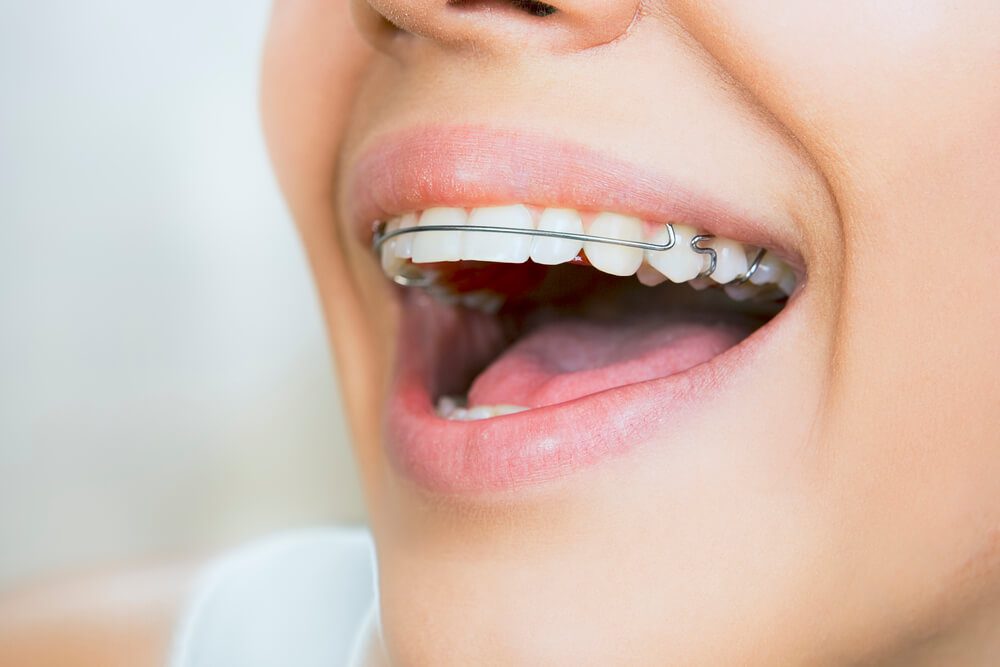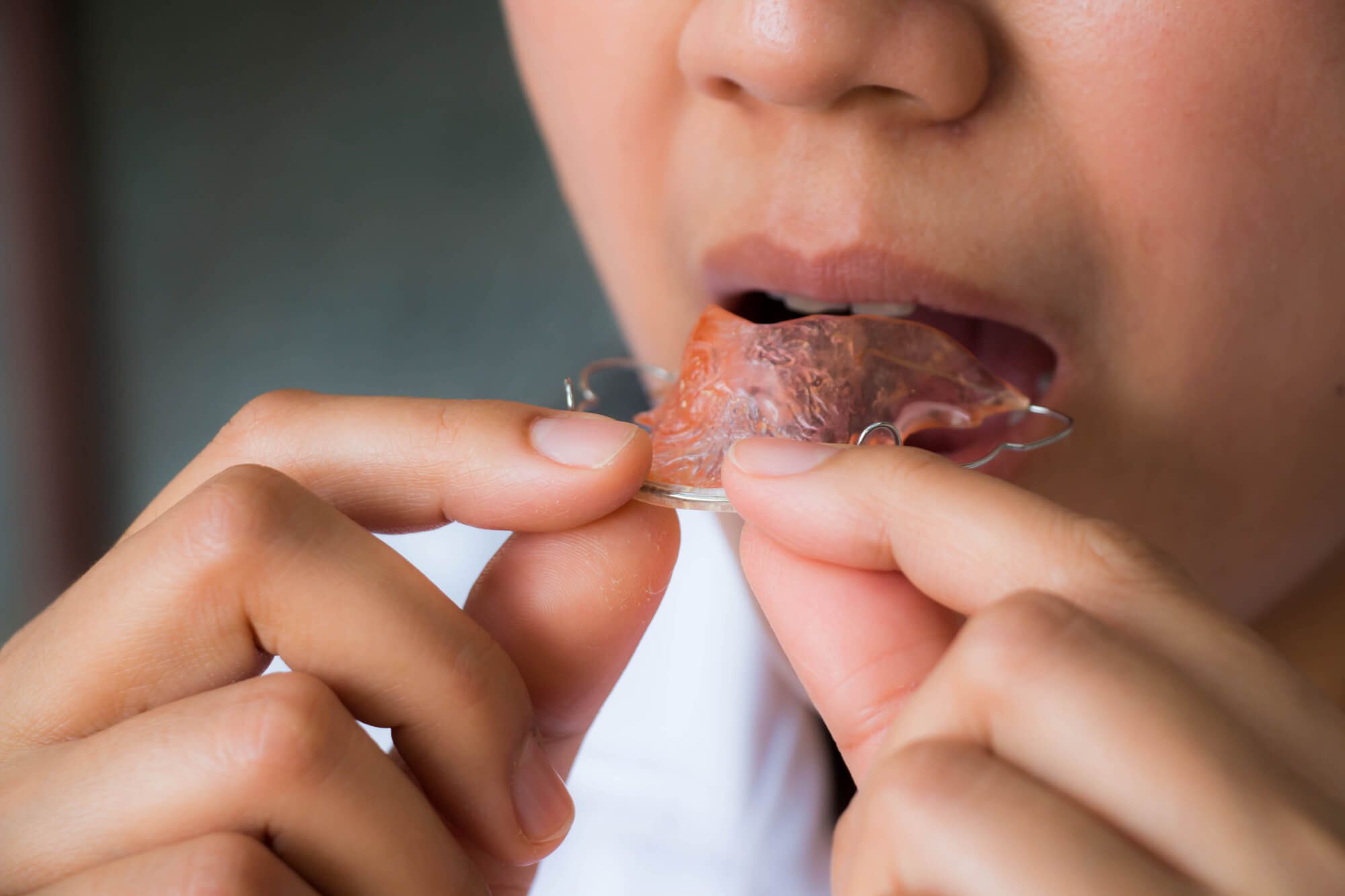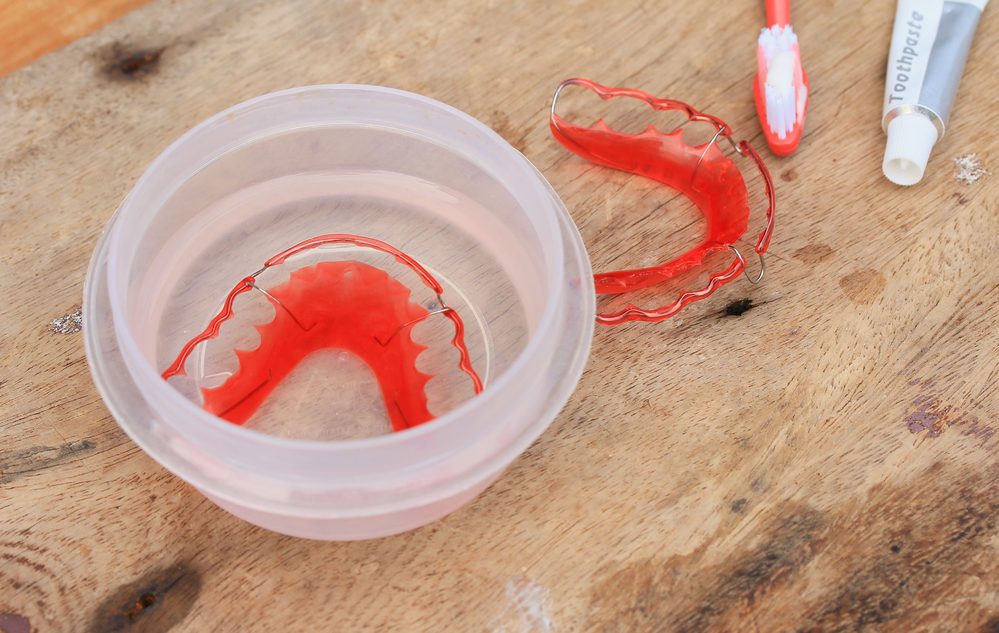Posted on August 14, 2023

Did you know that after getting your braces off, your teeth are at risk of shifting back to their original position? This is why wearing a retainer is crucial to maintaining your new smile.
Braces are a common solution for people who need to straighten their teeth. However, the process doesn’t end once the braces are removed.
Failure to wear a retainer for the recommended period can result in shifted teeth and the need for additional orthodontic treatment.
Wearing a retainer after braces is an essential step to ensuring that your teeth remain straight and healthy. Proper care and usage of a retainer are necessary to maintain the results of your orthodontic treatment.
Here are some tips on how to wear and care for your retainer to ensure it remains effective and keeps your teeth in their proper alignment.
 The significance of wearing retainers after braces treatment is to maintain the new position of the teeth. After the braces are removed, teeth have a tendency to shift back to their original position.
The significance of wearing retainers after braces treatment is to maintain the new position of the teeth. After the braces are removed, teeth have a tendency to shift back to their original position.
Retainers hold the teeth in their new position, allowing the bone and gums to adjust to the new position of the teeth.
Consistent use of retainers is a crucial part of the braces treatment process, ensuring that the results achieved by the braces treatment remain stable over time.
When it comes to orthodontic treatment, many patients may be curious about the role of retainers. Retainers are a crucial part of maintaining the results of orthodontic treatment and ensuring the long-term health and functionality of a patient’s teeth.
Here’s a closer look at the role of retainers in orthodontic treatment:
A retainer is a dental device made of plastic and metal wires. They are customized to fit the patient’s mouth and teeth specifically.
Retainers help to maintain the position of the teeth after braces or other orthodontic treatments. Although retainers may be worn for different lengths of time, it is important to wear them consistently for effective results.
Retainers are customized for each patient, and the type of retainer used will depend on the type of treatment that was performed.
Some retainers are removable while others are fixed in place. Your orthodontist will recommend a retainer that is suitable for your particular situation.
Without the use of retainers, all the time, money, and effort put into orthodontic treatment could be wasted.
There are different types of retainers, each with its own unique benefits and drawbacks. Let’s explore the different types of retainers available and how to choose the right one for you.
Hawley retainers are one of the most common and popular types of retainers. They consist of a plastic plate that fits against the roof of your mouth, with a wire that wraps around the front of your teeth. The wire can be adjusted to apply pressure to specific teeth if necessary.
Essix retainers are a newer type of retainer that is made of clear plastic. They are designed to fit snugly over your teeth and are virtually invisible. This makes them a popular option for those who want to maintain their teeth’s alignment without drawing attention to their retainers.
Fixed retainers are bonded to the back of your teeth, and are not removed for any reason until your orthodontist advises you otherwise. This type of retainer is typically recommended for those who had severe orthodontic issues and need a more demanding retention solution.
Invisalign retainers are similar to Essix retainers, but they are made of a patented thermoplastic material called SmartTrack.
They are often used in conjunction with clear aligner therapy. They apply constant, gentle pressure to teeth, and are designed to be worn for specific periods of time, usually on a short-term basis.
To establish a retainer routine, start by determining the frequency and duration of the retainer tasks, and put them on a calendar or planner. Set reminders for the retainer tasks to stay on track and ensure they are completed.
Communicate the retainer routine with any business partners or team members involved, and delegate tasks as necessary.
Regularly review and adjust the retainer routine based on changing needs and priorities. Consistency and discipline are key to establishing a successful retainer routine.
Retainers require maintenance just like any other dental appliance. They should be cleaned regularly to prevent food particles and bacteria from accumulating.
Proper care of retainers is essential to ensure that they continue to work effectively and do not cause any problems for the patient.
Here are some steps you can take to ensure your retainer stays in tip-top shape:
 Cleaning your retainer should be part of your daily oral hygiene routine.
Cleaning your retainer should be part of your daily oral hygiene routine.
Soaking your retainer in a cleaning solution is a great way to remove any bacteria or buildup that brushing alone cannot remove. There are several types of cleaning solutions available, including retainer cleaners and denture cleaners.
Be sure to follow the directions carefully and use only lukewarm water when soaking your retainer. Avoid using hot water or boiling your retainer as high temperatures could damage the retainer.
When not in use, store your retainer in a clean, dry place in its case. Avoid storing it in a location where it may be exposed to extreme heat or light as this could weaken the plastic.
Keep the retainer out of reach of children or pets who may accidentally damage or swallow it. Always carry your retainer case with you so you can store your retainer safely when consuming food or beverages.
Regular visits with your orthodontist are essential to determine if your retainer still fits correctly or if adjustments need to be made. Your orthodontist can also clean your retainer during these visits to ensure it is free of any buildup or bacteria.
Additionally, they can provide recommendations for proper care and maintenance based on the type of retainer you have.
Retainers are subject to wear and tear over time, and the plastic material can weaken. If you notice any cracks, chips, or discoloration, or if your retainer is no longer fitting correctly, it’s time to replace it.
Using a damaged or ill-fitting retainer can put you at risk of teeth movement or other oral health issues.
Prioritizing retainer wear is crucial for maintaining the results of orthodontic treatment. After braces or aligners, teeth have a natural tendency to shift back into their original position, which is why retainers are used to hold them in place.
Neglecting to wear a retainer as often as recommended can cause teeth to shift and compromise the results of treatment. It’s important to prioritize retainer wear to ensure a lasting, healthy smile.
Consistently wearing retainers as recommended by your orthodontist is key to preventing the need for additional orthodontic treatments down the road.
At Smilebliss, our team of orthodontic specialists understands the importance of retainer wear and will guide you through the post-treatment phase, ensuring that you maintain your beautiful smile for years to come.
Don’t let all the hard work and progress go to waste – make retainer wear a priority and schedule a consultation with Smilebliss today to receive expert advice and personalized care.
Take the necessary steps to preserve your smile and enjoy the benefits of a long-lasting, confident grin with Smilebliss.